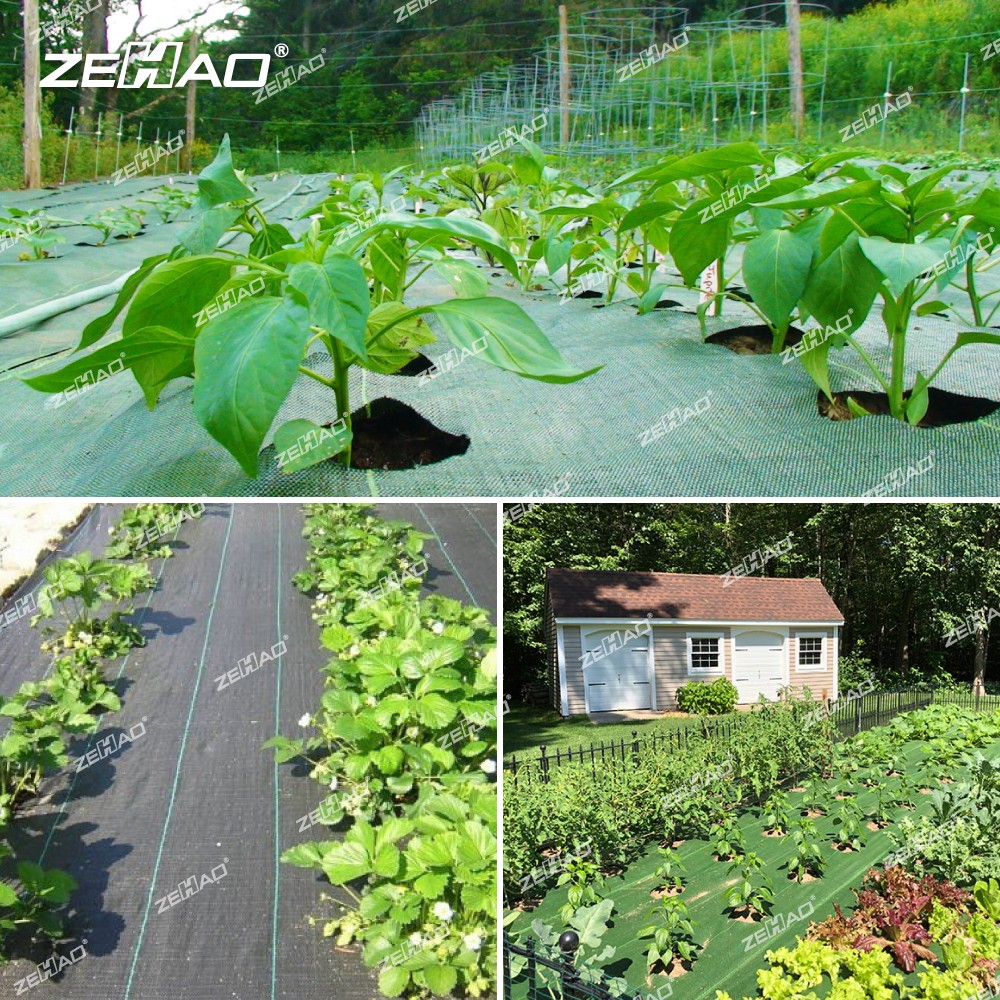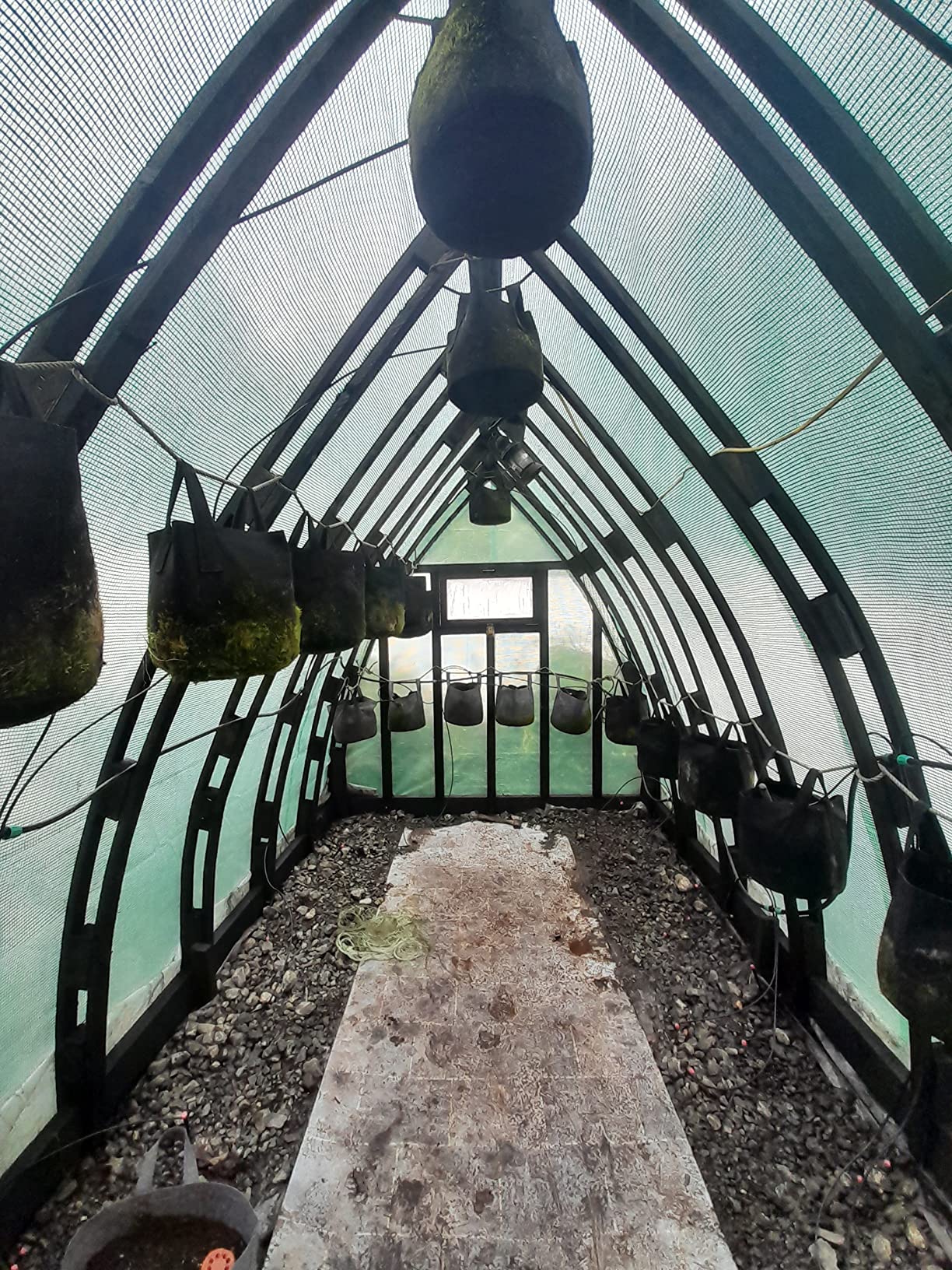QINGDAO ZEHAO PLASTICS CO., LTD.
Houbeige Village, Anhe 2nd Road, Longshan Street Office, Jimo, Qingdao, Shandong Province, China
Polyethylene (PE) tarps have a wide range of applications in agriculture, where they are a convenient tool for protecting crops, equipment and infrastructure. PE tarpaulins have many use scenarios in agriculture:
Crop Protection: Farmers use PE tarps to protect crops from harsh weather conditions. PE tarps can be covered over plants or crops to protect them from heavy rain, frost and hail. Can also be used as a parasol to control the amount of sunlight reaching your crops and prevent sunburn or overheating.

Greenhouse Cover: PE tarps are commonly used as greenhouses, creating a suitable environment for growing plants, allowing farmers to extend the production season, control temperature and humidity, and protect delicate plants from harsh weather conditions.
Moisture-proof layer: When laid on the ground, PE tarpaulin can act as a moisture-proof layer. Preventing excess water from seeping into the soil helps control soil moisture and reduces the risk of crop root diseases.
Weed control: In areas where weeds are common, PE tarps can be used as weed barriers. They are placed in rows on the soil between crops and effectively suppress weed growth. This reduces the need for herbicides and manual weeding and is an environmentally friendly way to remove weeds, saving time and labor costs.
Livestock sheds: Farmers use PE tarps to build temporary sheds for livestock. Ensure animals are healthy in their outdoor environment by providing them with shade and protection from rain and sun.

Storage cover: PE tarpaulin is used to cover and protect stored hay, grains and other agricultural products. It can prevent moisture and pests from damaging the stored goods and maintain their quality and nutritional value.
Pond and Reservoir Liners: PE tarpaulins can be used in farm ponds and reservoirs where they act as a waterproof layer, preventing water from seeping into the soil and ensuring a stable water supply for irrigation and livestock.

Frost protection: In areas prone to frost, farmers can use PE tarps to form an anti-freeze barrier. PE tarps can be hung over crops on cold nights to absorb heat and prevent frost damage.
Harvest temporary rain shelter: During the harvest season, PE tarps are used to provide temporary rain shelters for crops waiting for transportation or processing after harvest. It can also be used to dry crops such as corn, ensuring that the harvested crops remain dry and of high quality.
Erosion control: In areas prone to soil erosion, PE tarps can be used to stabilize the soil and laid on sloping terrain to reduce the effects of rain and wind erosion, protect topsoil, and protect the integrity of the land.
PE tarps have many uses in agriculture, helping to increase crop yields, reduce losses and enhance farm management practices. Farmers continue to find innovative ways to use PE tarps to address challenges in agricultural production.